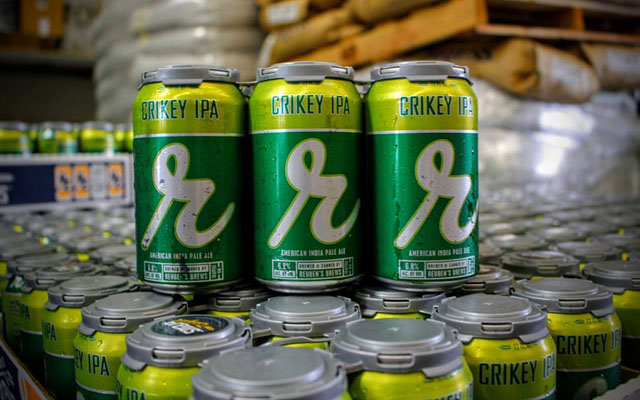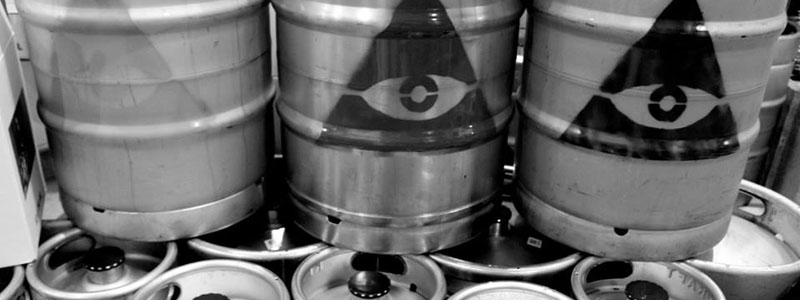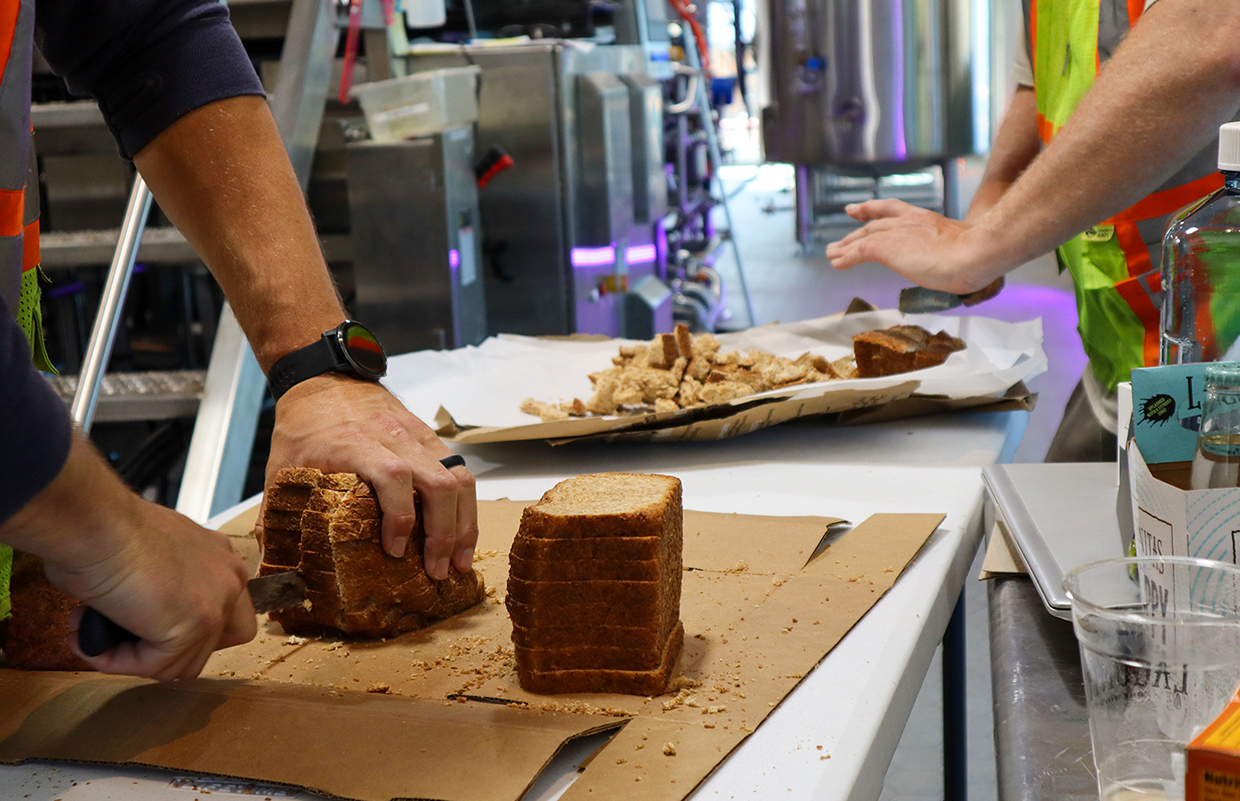
As craft brewing has grown, so has the technology to further quality control and efficiency. Smaller breweries also like to find ways to be able to make processes less expensive while not giving up on quality.
Brewer Magazine talked with Adam Robbings of Reuben’s Brews in Seattle and Brian Buckman of Illuminated Brew Works in Chicago about some recent purchases that helped boost their breweries.
For Robbings, having a Dissolved Oxygen meter on hand instead of using a third party’s meter has help in expanding packaging.
“We wanted to make sure that we knew all the stats for our beers every time,” he said. “This purely improves the quality of our beers.”
Finding money tight but needed a cold room was on the mind for Buckman and he said the most impact to dial back overhead was turning a window AC unit into a cooling element for the brewery’s cold room with the purchase of a device that could make the conversion.
“The device costs around $300, the window unit about the same,” Buckman said. “All you need to do is build your room and insulate it. We were able to make a roughly 25×10-foot cool room that stays at 40 degrees for about $1,000 — a substantial cost savings over a more traditional walk-in.”
Every brewery, when starting out, tries to find ways to create fixes commonly called “life hacks” nowadays. Buckman noted, “our entire brewery is essentially a “life-hack.”
Another place where the brewery found a way to cut back on cost is using a diesel cooling plate instead of a more industry-standard chilling plate yet can chill 7.5 barrels of wort in about 45 minutes.
“We picked up our plate exchanger for about $200 as opposed to the more standard offerings that would cost around $2-5,000,” he said.
With the holidays on the way, both brewers have their eyes set on the future of what the brewery needs. Robbings said the most wonderful thing he could imagine would be more tanks for more capacity while Buckman said that IBW is upgrading its bottling line and adding a 1,000-pound CO2 tank instead of constantly having to change out 50-pound tanks.
“Nothing fancy, but it’s relative to our shop and an essential upgrades for saving time and money,” he said.





Be the first to comment